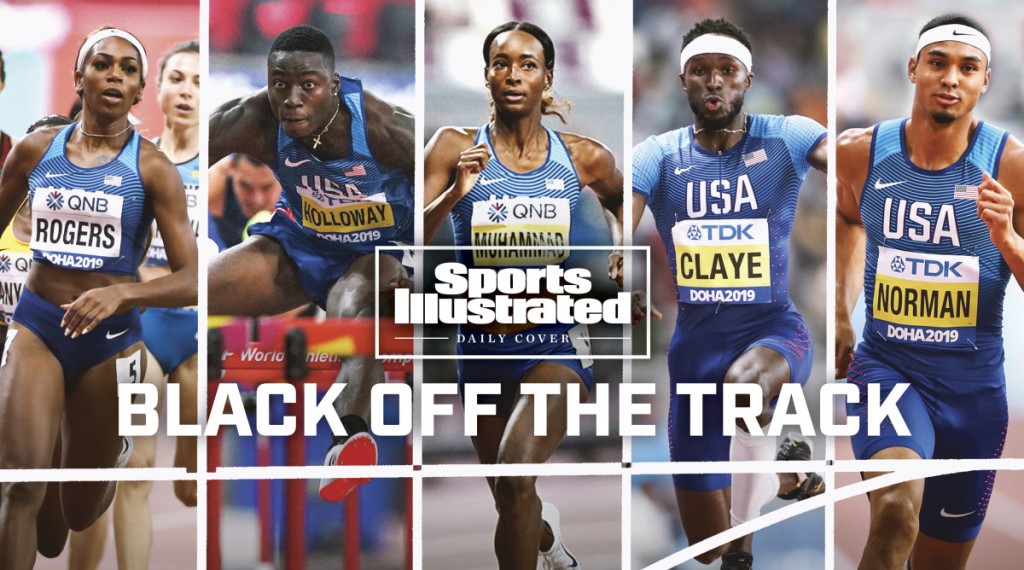Even before the coronavirus pandemic, the odds to access sports were stacked much higher for youth with a disability than the general population. Physical activity levels are 4.5 times lower for youth with a disability, and the obesity rate is 38% higher for these children, according to the National Center on Health, Physical Activity & Disability (NCHPAD).
Now, as youth sports start to return from COVID-19 in some states, the gap to access opportunities may grow even wider. The disabled community is taking a more conservative approach on when and how to play sports again because of health concerns.
I n the area of intellectual disability that I deal with the project Calcio Insieme, we were unable to organize the summer camps precisely because of the difficulty in maintaining physical distance with these children.
“People with disabilities are very much being more cautious,” said Bob Lujano, NCHPAD inclusion specialist and a former Paralympic rugby athlete. “There’s great fear of, if I do come down with (COVID-19) and I go to a hospital with only one or two ventilators, am I going to be passed over because Joe Smith, a 25-year-old without a disability, will get taken care of first?”
“Being ‘first’ in your community should be avoided,” Move United said in its return to play guidelines. “Take the benefit of some time to learn from other effective strategies, plan carefully, train your providers and form local partnerships that help prepare for the safest possible environment.”
Disability alone may not be related to higher risk for contracting COVID-19 or having severe illness, according to Centers for Disease Control and Prevention. However, CDC says some people with disabilities might be at a higher risk because of their underlying medical conditions. According to CDC, adults with disabilities are three times more likely than adults without disabilities to have heart disease, stroke, diabetes or cancer than adults without disabilities.
One significant concern about returning to sports is maintaining the safety of staff and volunteers in cases where youth need help to play.
Experts told The New York Times that one way to teach new concepts during COVID-19 to kids with intellectual disabilities is through “social stories.” These are individualized short stories that pair simple language with pictures used for children with disorders such as autism. They also recommend using color-coded circles to teach social distancing – such as red for strangers, orange for people you would normally wave to, green and yellow for casual and close friends, and blue for people you can hug, such as parents or siblings.
We have to be cautious, as they say, with Roma Cares and Accademia di Calcio Integrato we are planning what the return to football will look like for our young people with autism from September, the beginning of the 2020/21 football season. It will not be easy but it is our will not to stop this activity so important for these young people, the families and for us who have been organizing it for 5 years.
We will need more space and more hours to cover the same number of young people, so as to respect the physical distance and the possibility to play football which requires a large and structured space.










